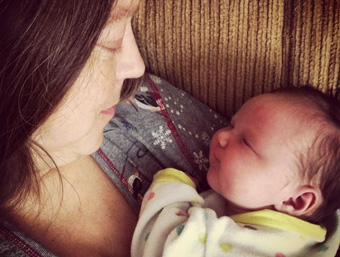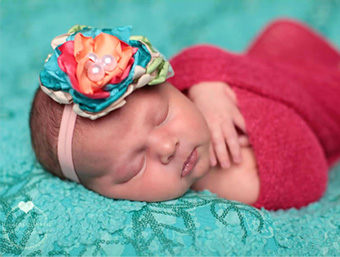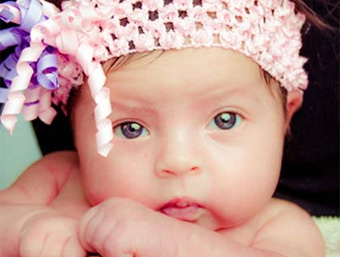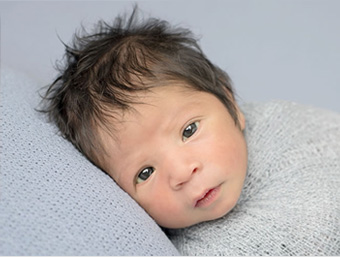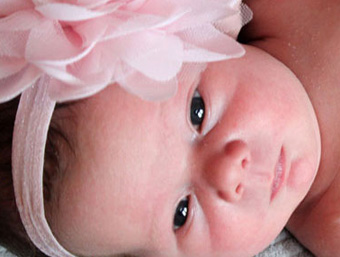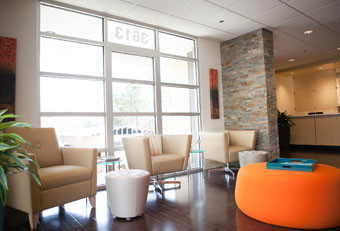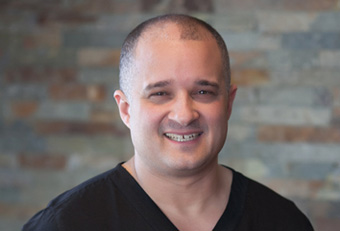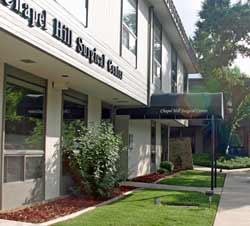 We recently published updated Essure reversal pregnancy statistics in our previous Tubal Reversal Blog: Essure Reversal And Adiana Reversal: Status Report.
We recently published updated Essure reversal pregnancy statistics in our previous Tubal Reversal Blog: Essure Reversal And Adiana Reversal: Status Report.
In this report we discussed the success of Essure reversal at A Personal Choice and offered statistics on the comparative success of the alternative of in-vitro fertilization.
When considering Essure reversal or IVF, it is important women be aware of the success of Essure reversal and also of the alternative treatment of IVF.
Can Essure Be Reversed?
Essure sterilization can be reversed. For the best evidence of success, we examine our Essure reversal data collected from 2009 through 2010.
From January of 2009 through December of 2010, we performed 23 reversals of hysteroscopic sterilization (Essure and Adiana). Of these 23 women, 19 desired to become pregnant; 4 women had Essure removal only and did not want to attempt to become pregnant. Of the 19 women who were attempting to become pregnant, 5 women have reported pregnancies and 3 reported live births so far. During this time period, the pregnancy rate for hysteroscopic sterilization reversal was 26% and the live birth rate was 16%.
Essure reversal at A Personal Choice costs $6,900. In comparison, a single cycle of in-vitro fertilization utilizing fresh non-donor eggs will cost approximately $12,000. The average success rate in the US is approximately 36% for each cycle of in-vitro fertilization attempted. This rate is not specifically for women who underwent IVF to become pregnant after Essure sterilization. Published IVF data do not allow a direct comparison of Essure patients, so this may be like “comparing apples to oranges”.
In our previous article we discussed four factors readers should be aware of when attempting to compare the success of Essure reversal with the success of IVF.
Essure Sterilization Reversal or IVF?
What does this 36% chance of IVF success really mean? It does not mean that 36% of all women who go into an IVF doctors office will get pregnant.
If a woman starts an IVF cycle and does not produce any eggs then she is considered an IVF non-responder and her results will not be included in the calculation of IVF success statistics.
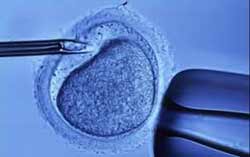 If a woman begins an IVF cycle and is over stimulated and produces too many eggs, then her cycle may be aborted (called off) for fear of ovarian hyperstimulation syndrome (a potentially life-threatening complication) or the risk of high-order multiple gestation (twins or more). She will also not be included in the IVF success rates.
If a woman begins an IVF cycle and is over stimulated and produces too many eggs, then her cycle may be aborted (called off) for fear of ovarian hyperstimulation syndrome (a potentially life-threatening complication) or the risk of high-order multiple gestation (twins or more). She will also not be included in the IVF success rates.
If a woman’s eggs are harvested during an IVF cycle but fail to fertilize, her results will not be included in the statistics of IVF success. Lastly, if her eggs do fertilize but stop growing (miscarry) before they are reinserted into her uterus then her results will not be included in the calculation of IVF success.
A 36% chance of IVF success really means if you start an IVF cycle and if you respond and, if you don’t overstimulate and, if your eggs fertilize and if they divide appropriately before they are inserted into the uterus, then you have a 36% chance of having a successful pregnancy.
Which Is Best? Reversing Essure or IVF
Our preliminary data suggest the best chance of becoming pregnant is with IVF. Our initial Essure reversal patients had a 26% chance of becoming pregnant and a 16% chance of having a live birth. It is important for readers to understand our data thus far is preliminary and could change over time as these patients have more time to become pregnant.
Just because the success of IVF may be better than Essure reversal does not mean every Essure patient who desires another child will choose IVF. Many women desire to avoid IVF for religious or economic reasons and to avoid the potential risks of excessive hormones. Many of them regret their previous decision to become sterilized and find reversing Essure offers them a reversal of regret. Some also like the advantage reversing Essure provides by allowing them to have more than one child over time.
With additional Essure reversals and the passage of more time we hope to be able to generate additional statistics which can provide a more accurate chance of success to better allow our patients to compare the success of Essure reversal with the success of IVF.
Submitted by Dr. Charles Monteith


